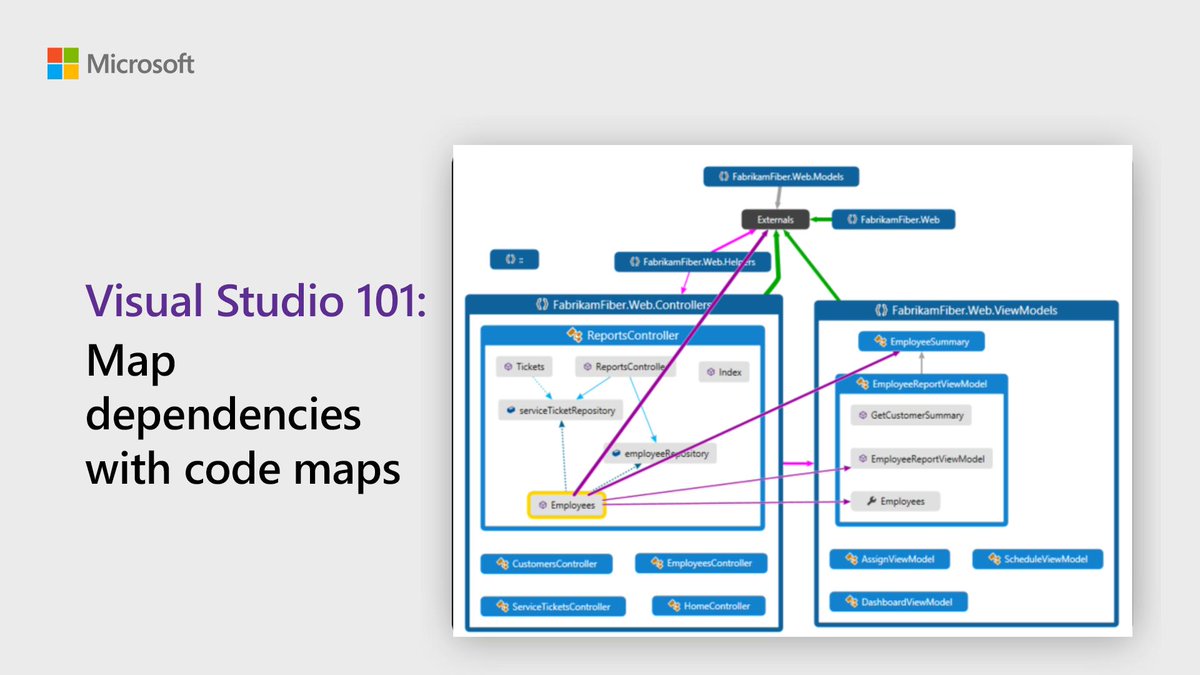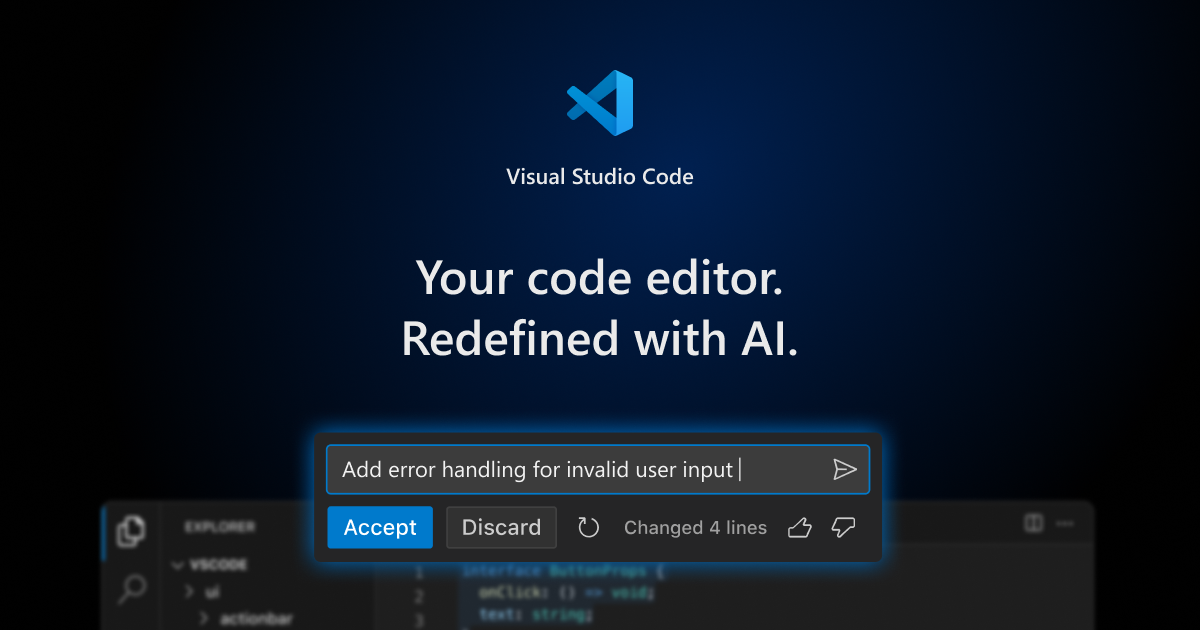


The only reason to switch the view to "Final" is if you haven't resolved all the changes. Yet, there are no changes left because you've resolved them all. With that understanding, if you go through a document and resolve all the changes, there should be no need to change the view to "Final" as the only reason to use that view is to temporarily hide changes. If all of the changes are resolved, then there should be no difference between the two views ("Final Showing Markup" and "Final") because there is no longer any markup to show. When you turn it on, any edits you make are noted in the document as "markup." This markup is supposed to be visible on the screen, provided you are viewing the document as "Final Showing Markup." You can either temporarily hide the markup (change the view to "Final"), or you can get rid of the markup by resolving the changes (accept or reject them). Here is the way that Track Changes is supposed to work in Word. As a final step, she changes the view of the document to "Final" and saves it, but when the document is next opened, it has reverted to "Final Showing Markup"-and all the changes are back again. It seems that when a document has tracked changes, and those changes are eventually all accepted, they don't really go away. On the Header & Footer Tools Design tab, in the Options group, select the check box for Different First Page.Kathryn is experiencing a problem related to Word's Track Changes feature.Double click the header area of the document.On the View tab, select the Print Layout document view.

Microsoft Word 2007 and Microsoft Word 2010: It's easier to set up the pages before you start writing the paper.


 0 kommentar(er)
0 kommentar(er)
